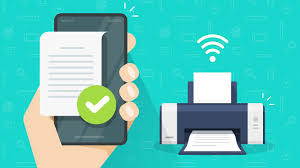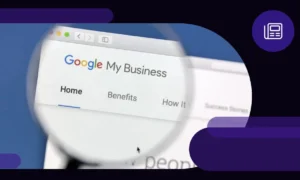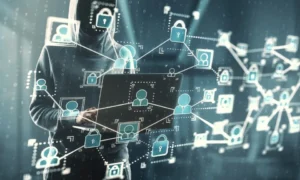Over the years, faxing has been regarded as the most urgent method of delivering important documents without depending on the mail. The world used fax machines to receive and send contracts, forms, and legal paperwork in its various offices. However, with the advent of digital technology, the capacity to send documents through the internet has emerged as an efficient alternative. Both of these tools have the same goal of expediting the pace of delivering documents, but it is apparent that one of them is much more applicable to the current environment. Their comparison will be examined.
Speed of Delivery
Faxing used to be hailed as a time-saving technology since it used a phone line to send documents in record time. Nonetheless, fax machines are subject to busy signals, jamming of the papers, and poor quality scans that make the process slow. Unlike the act of using postal mail, where the sending of the documents takes time, with mail documents online, it is almost immediate. The delivery of an uploaded file online is much faster than a faxed one because recipients can receive their documents with no technical glitches involved.
Accessibility and Convenience
The main disadvantage of the fax is the fact that it necessitates the use of a physical faxing machine or a paid online virtual faxing service. This restricts the time and place to send out documents. The time it takes to send documents via the mail is, however, not necessary when receiving or sending documents online. You can send documents anywhere (and even on the move) all through a laptop, tablet, or even a smartphone. Online mailing is much more feasible in the current mobile-oriented world due to this degree of accessibility.
Security Considerations
Faxes have always been viewed as safe since the transportation of information takes place via phone lines, whereas in reality, faxes are regularly printed out and left on machines. This subjects them to unauthorized viewing in the common office. Internet mailing is more secure because it is encrypted, password-protected, and available with an identification tool. Delivery tracking is also available multiple times on platforms, which means that you know at all times when, by whom, and even where your document was reached, a form of accountability that no faxing can compete with.
Cost and Efficiency
Faxing is not cost-free. Companies have to keep costly fax machines, purchase paper and ink, and have a single phone line–all expenses that occur over a period of time. Internet mailing saves such costs. There is no need to supply physical supplies or equipment in the case of digital services. It only requires a stable net connection, and so is cheaper as far as individuals and organizations are concerned.
Document Quality
The other reason why online mailing has a clear advantage is document transparency. Copies sent via fax are frequently of low resolution, so small prints on a page or detailed illustrations may be hard to discern. Online mailing maintains the same quality of documents, and the recipients obtain intelligible documents that are professionally formatted like a PDF. This is the necessary transparency required in contracts, academic records, and legal agreements.
Legal Validity
Faxed signatures have always been held to be binding; however, the legal environment has changed. Digital signatures have been made valid by laws like the ESIGN Act in the United States and the eIDAS regulation in the European Union. This identification makes online-mailed documents as legally binding as faxed documents, albeit they provide security and assurance that their faxed counterparts do not.
Conclusion
Faxing used to be the gold standard of delivering documents, but this has changed. The ability to e-mail documents online is faster and more secure than faxing in every way, including convenience, cost, speed, and quality. Although fax machines cannot be ignored in specific sectors, the world requires quicker and efficient systems. The smarter decision is simple to make today among those individuals, students, and businesses, too: post online mail documents.



































